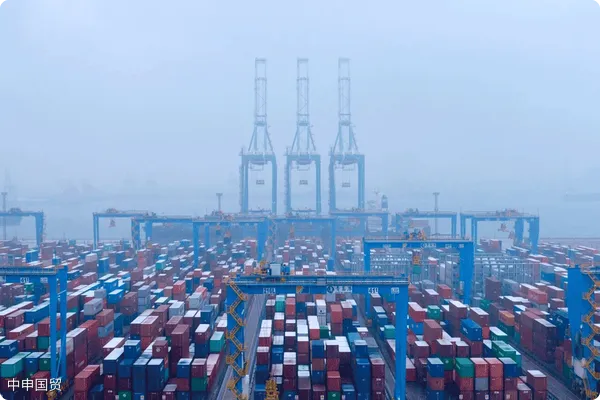- Shanghai Zhongshen International Trade Co., Ltd. - Two decades of trade agency expertise.
- Service Hotline: 139 1787 2118

Specialequipment. For example, Indonesia has the SNI certification, Thailand has the TISI certification, and the Philippines has the BPS certification. It is necessary to confirm in advance the equipment voltage (such as 380V/50Hz in Thailand), the compatibility of the CE certification, and the proof of environmentally friendly materials.The invisible thresholds
Global industrial equipment trade volume is projected to exceed 1.8 trillion USD in 2025, with special equipment accounting for 27%. Compared with ordinary goods,pressure vessels, lifting machinery, large medical equipmentand other special equipment imports have three distinctive features:
- Technical standard differences: There are over 20% parameter differences between EU CE certification and domestic TSG standards
- Pre-approval requirements: 70% of special equipment requires type testing 6-8 months in advance
- Special clearance procedures: Involves 13 specialized declaration elements and 5 types of special documents
Core value of professional agency companies
A German company in 2024 had precision machine tools detained at port for 47 days due to classification errors, incurring additional costs exceeding 2 million yuan. Professional agencies can help avoid the following key risks:
- Technical document compliance
- Dynamic monitoring of mechanical and electrical product access catalog updates
- Conversion of international standards such as ASME, PED
- Customs risk control
- Commodity code accuracy improved to 99.2%
- 3CProcessing time for out-of-catalog certifications reduced by 60%
5 golden standards for agency selection
Through comparison of service cases from 37 agencies, quality service providers must possess:
- Special qualification verification
- AEO advanced certification + special equipment operation filing
- At least 5 successful import cases (same category)
- Service capability matrix
- Localized inspection arrangement capability
- 24-hour emergency response mechanism
- Risk compensation solutions
- Coverage scope of incorrect declaration liability insurance
- Demurrage fee cap clause
2025 regulatory trends outlook
According to the latest draft amendment of the Special Equipment Safety Law, importers should pay special attention to:
- Pressure vessel wall thickness inspection standard increased by 0.5mm
- Type test report validity period shortened to 2 years
- Safety accessory separate declaration requirements expanded to 8 types of equipment
Practical Case Studies
Case 1:A Japanese company had 8.5 million yuan boiler equipment returned due to failure in energy efficiency filing, with the agency bearing 80% of the loss
Case 2:Utilizing RCEP rules of origin, Korean-made medical equipment saved 420,000 yuan in tariffs
Request for a clean on - board bill of lading. The bank refused payment because the freight forwarder missed typing the words on board,Through advance classification declaration, German precision instruments clearance time reduced to 3 working days
Selecting special equipmentImport Representationis essentiallyrisk transfer and technical outsourcing. Companies are advised to focus on evaluating the agencysTechnical document processing capabilityandcustoms dispute resolution experience, request their clearance records for similar equipment in the past 12 months, and clearly define responsibility allocation for rejected shipments in contracts.
Related Recommendations
? 2025. All Rights Reserved. Shanghai ICP No. 2023007705-2  PSB Record: Shanghai No.31011502009912
PSB Record: Shanghai No.31011502009912










